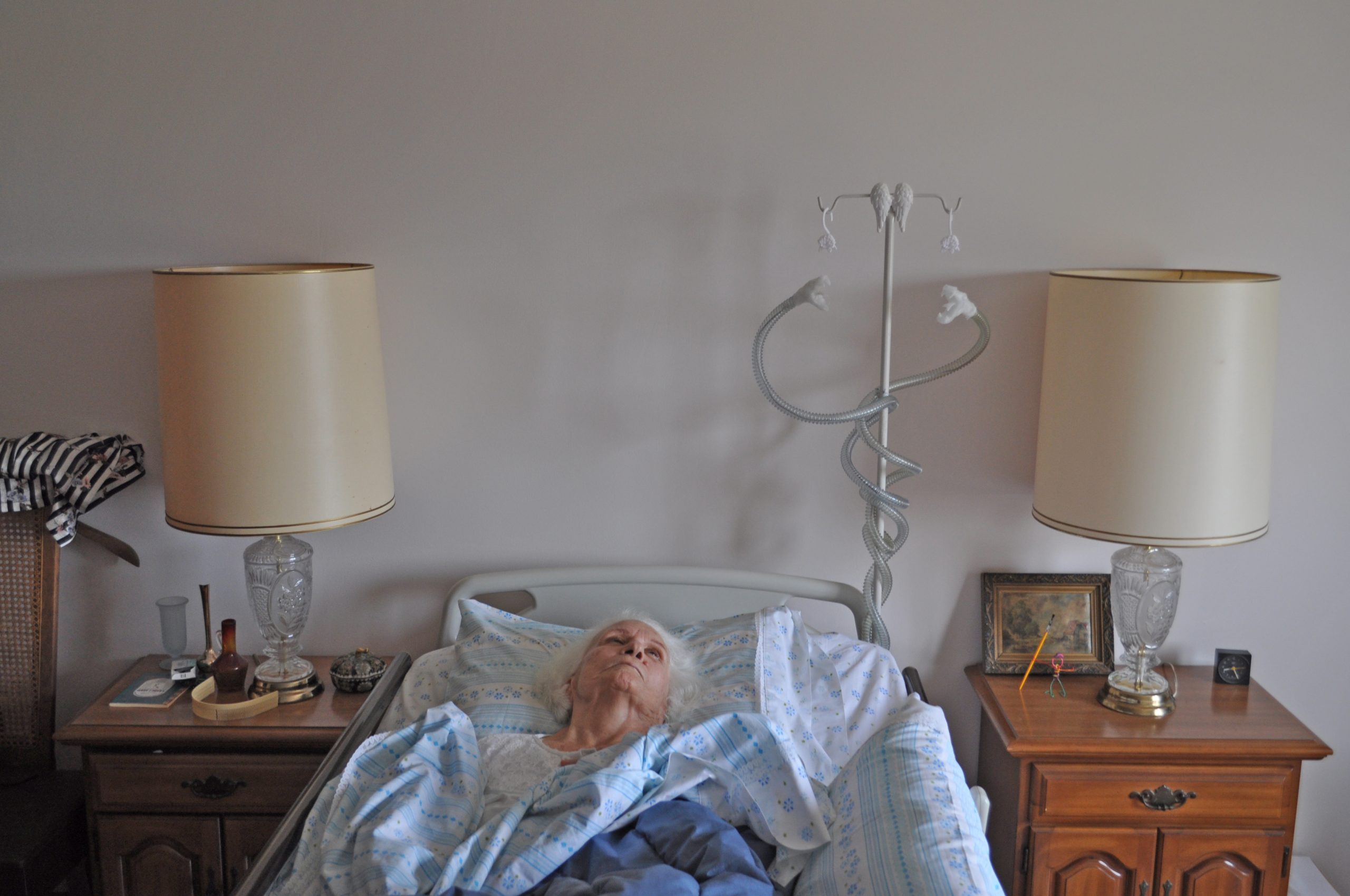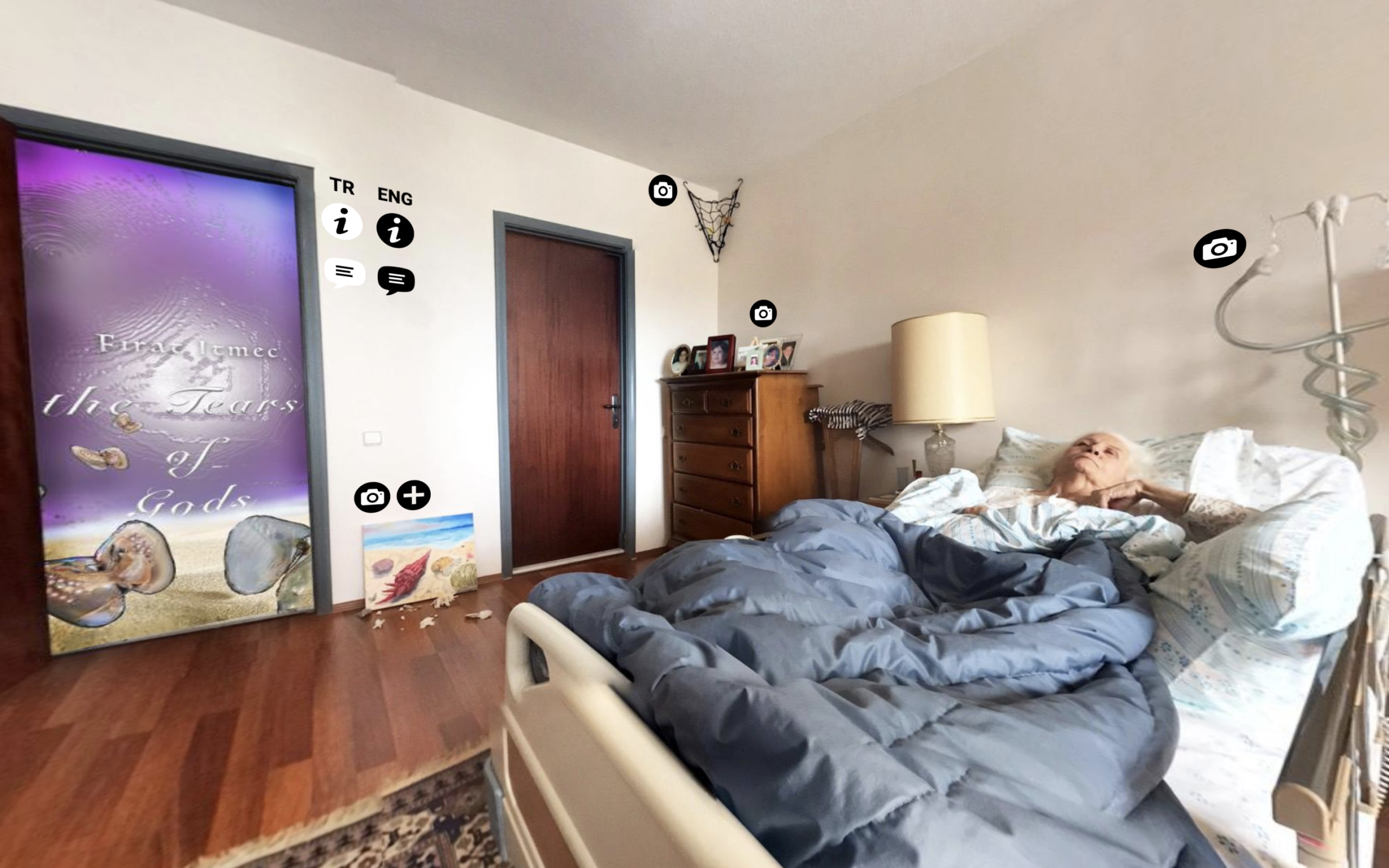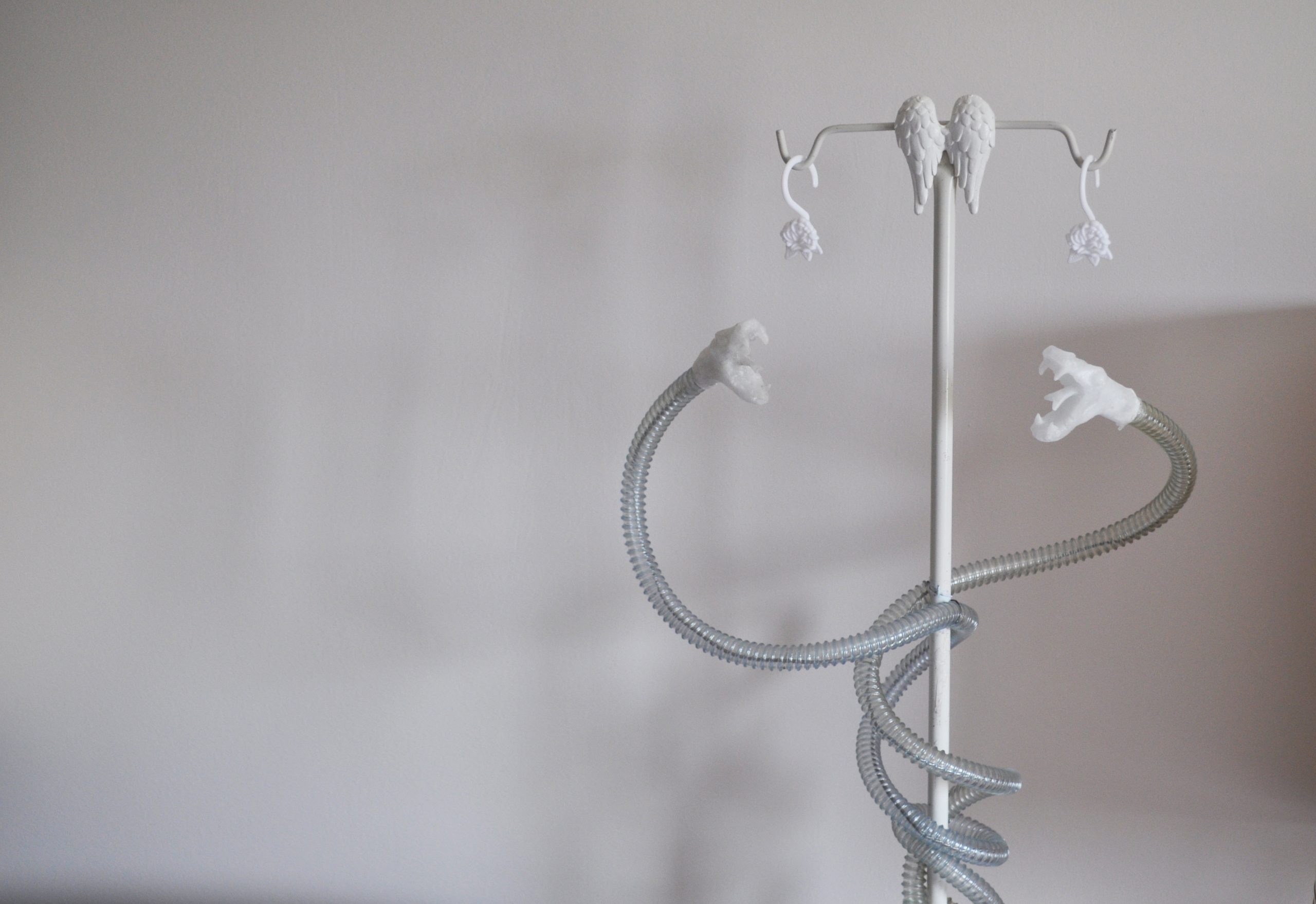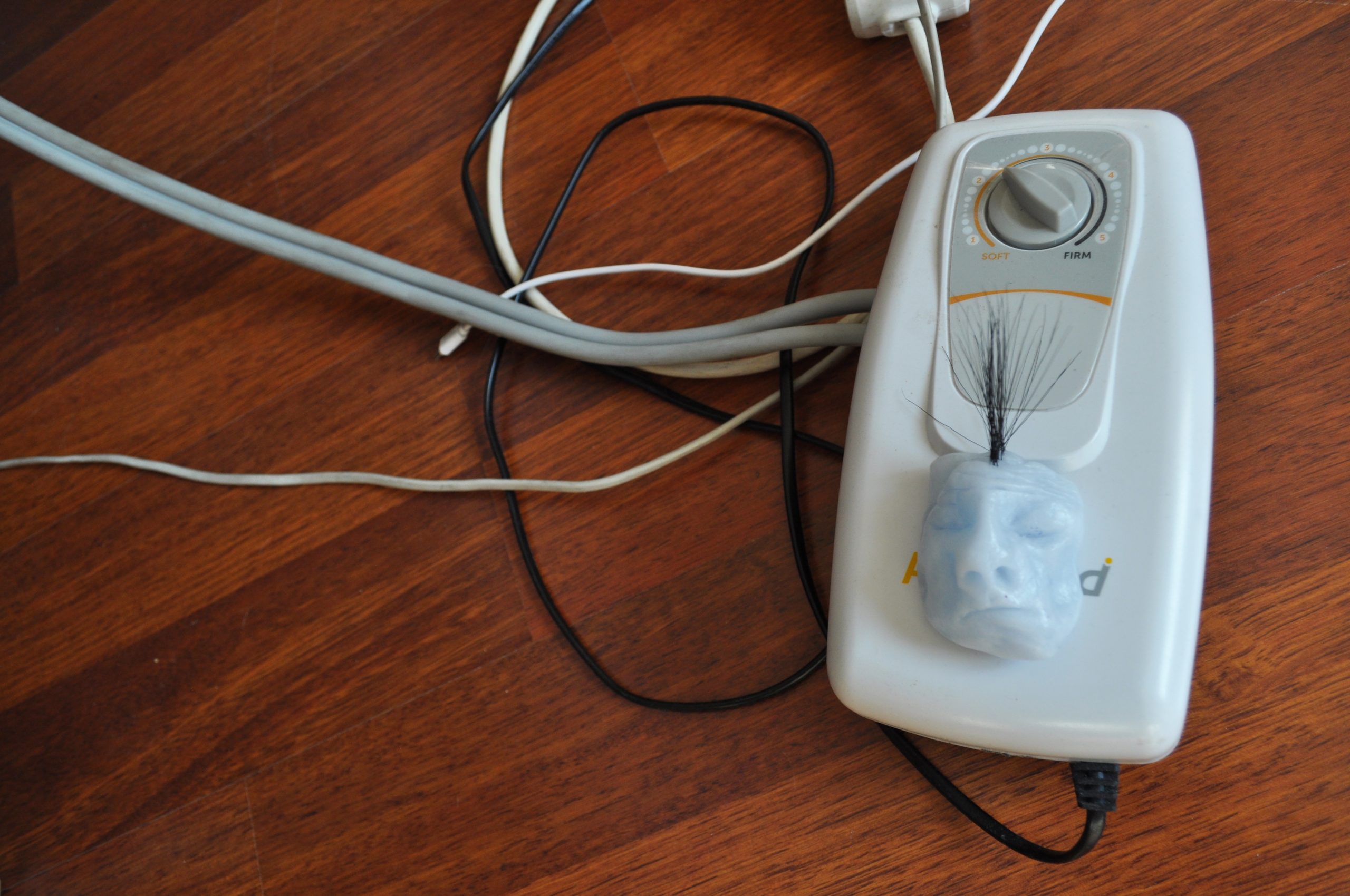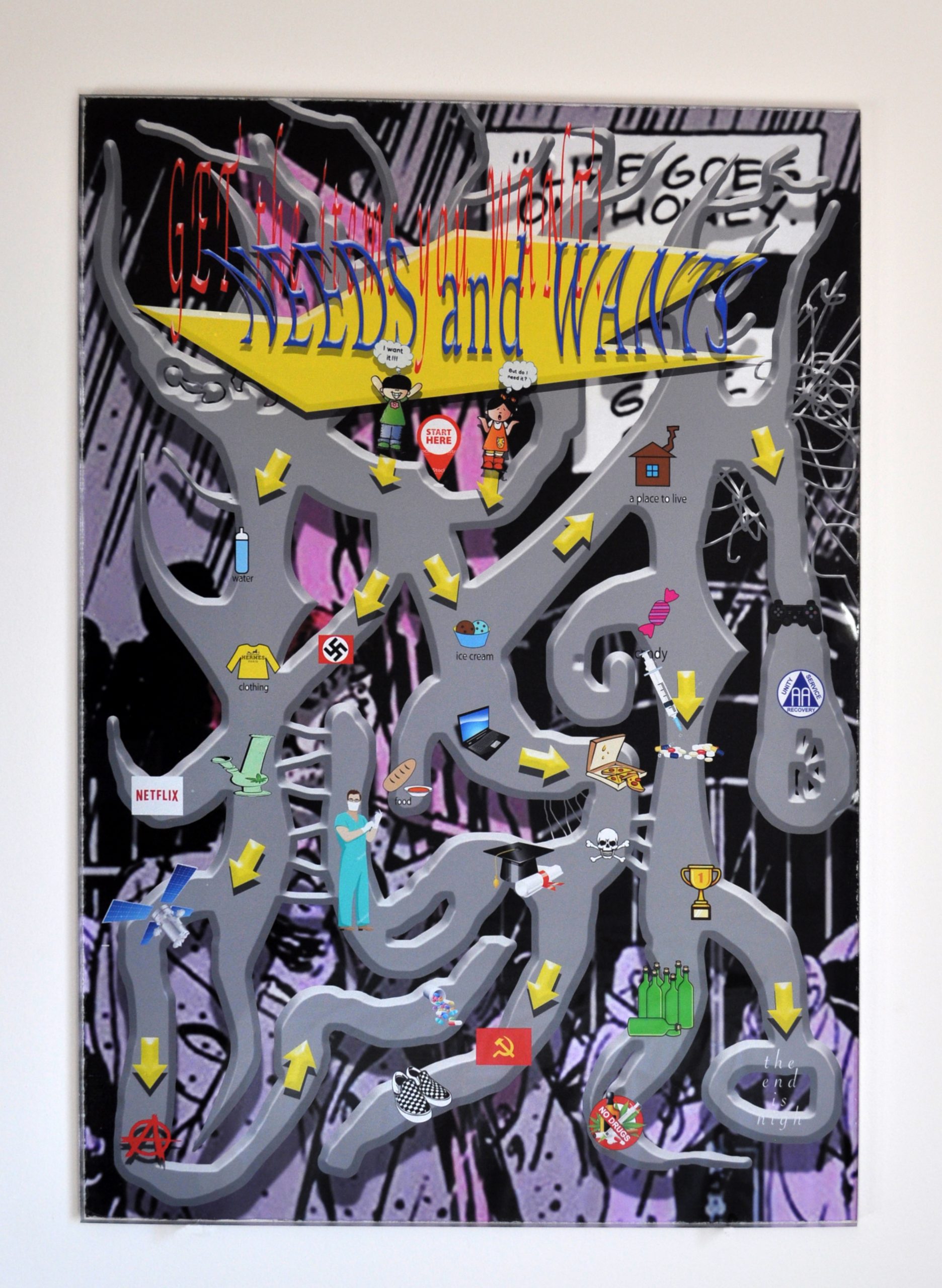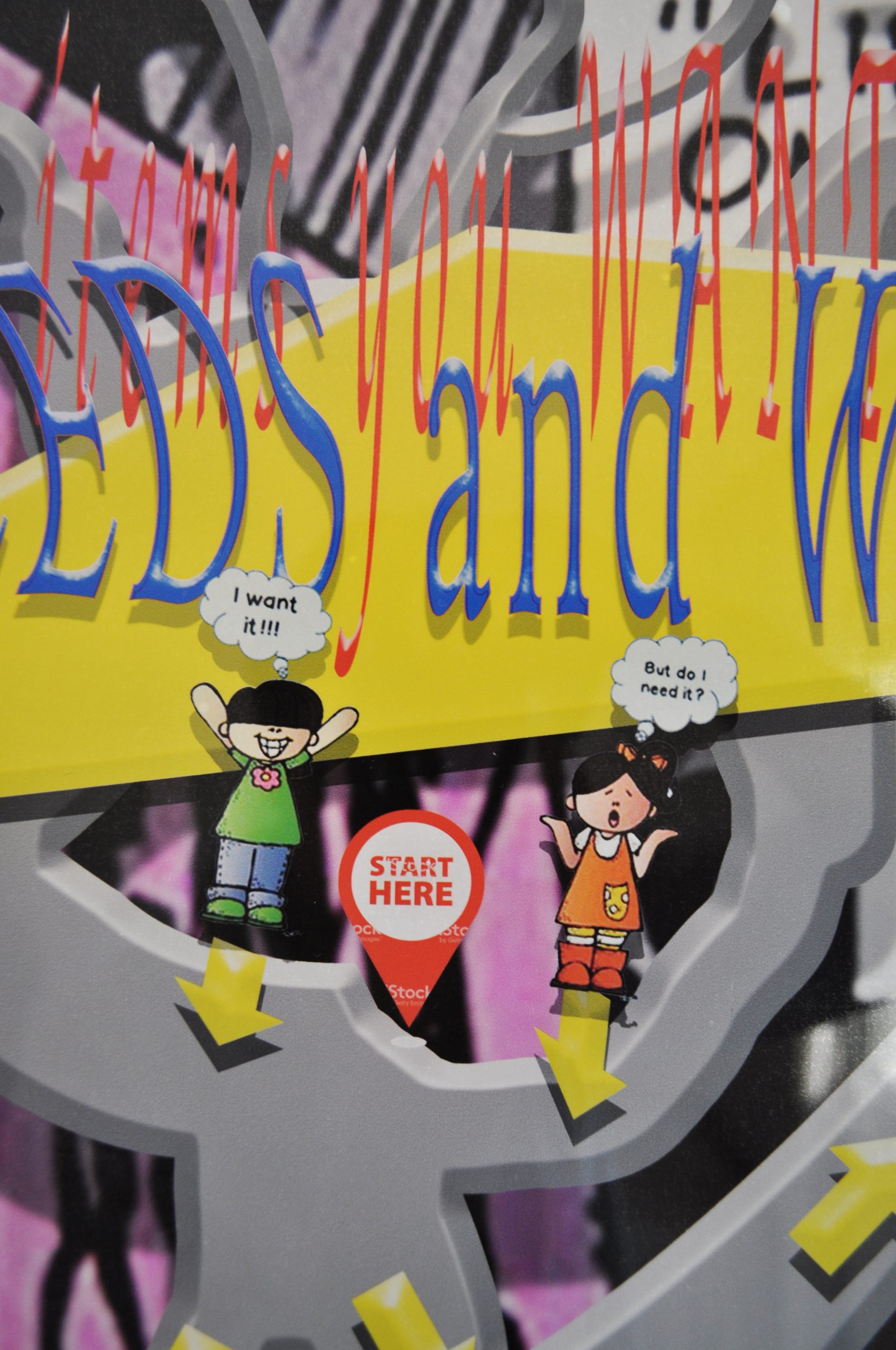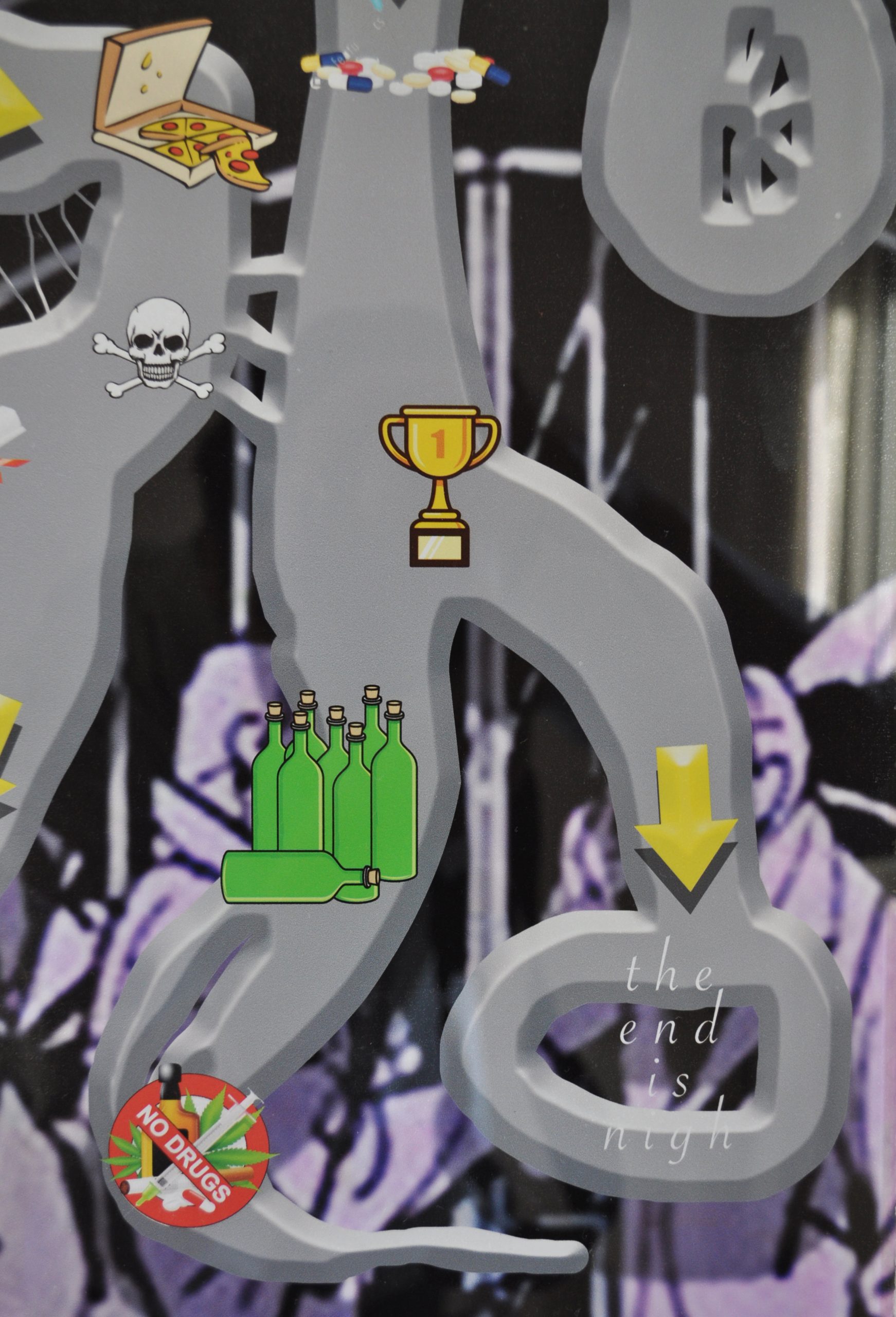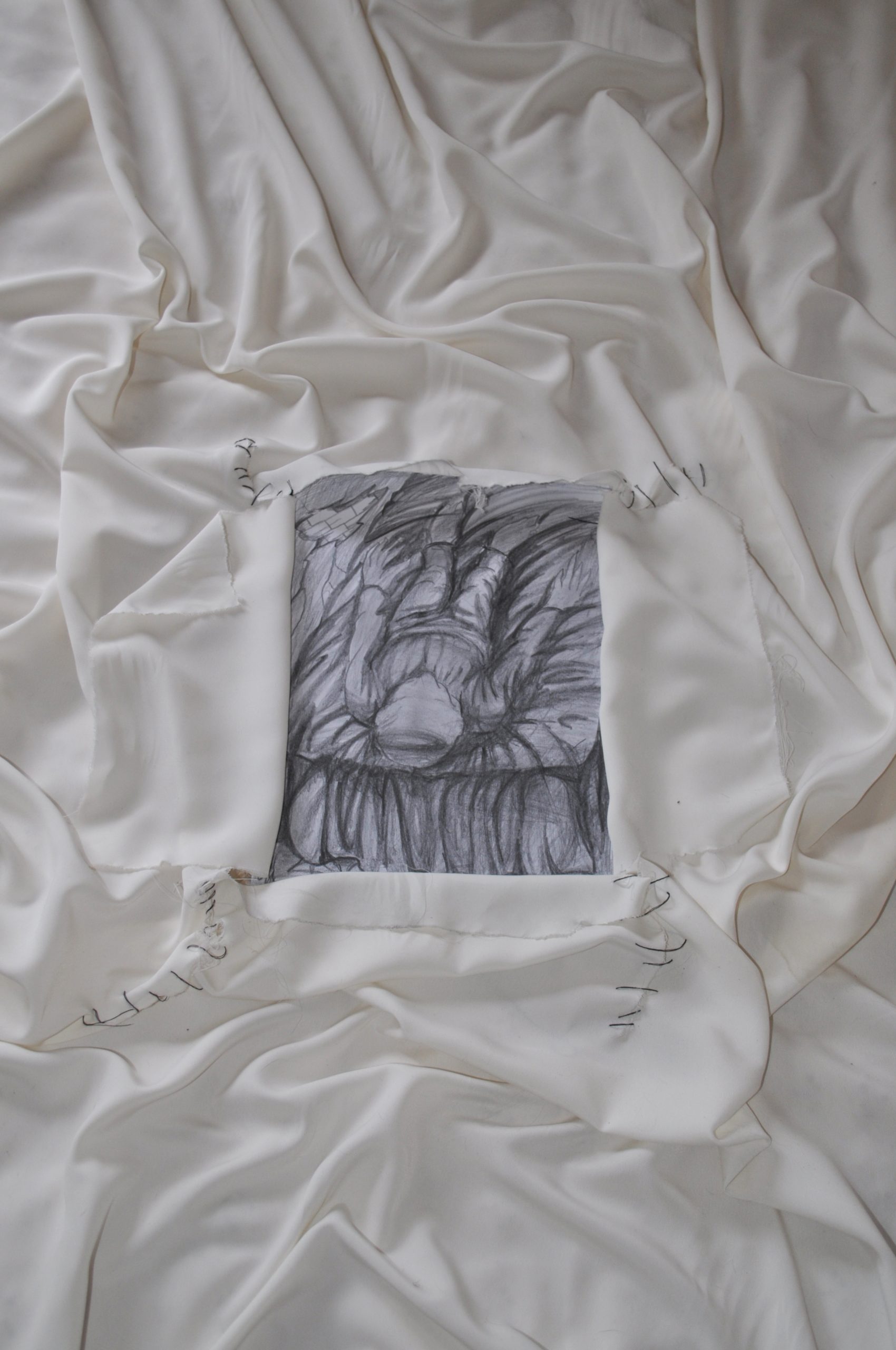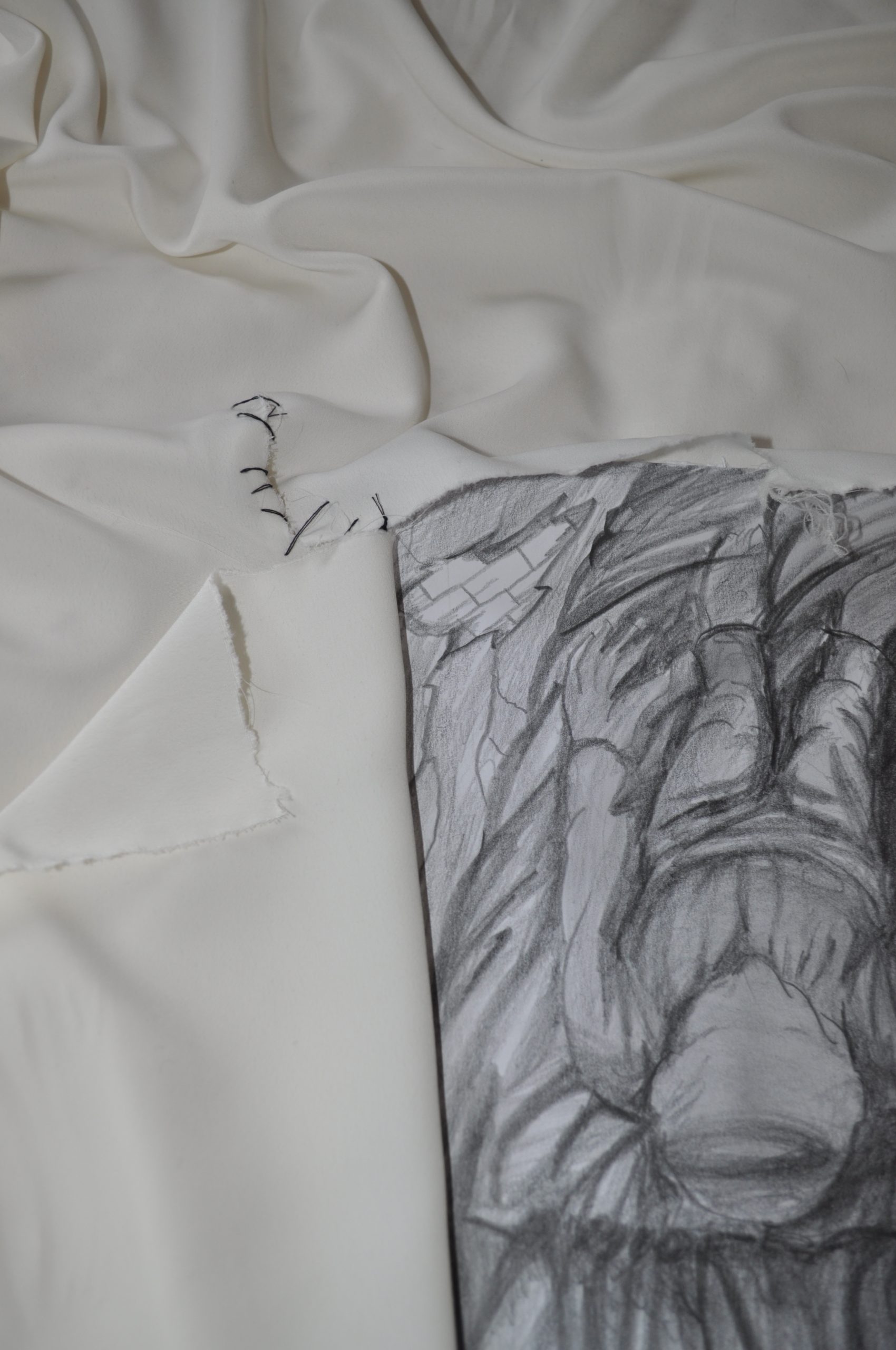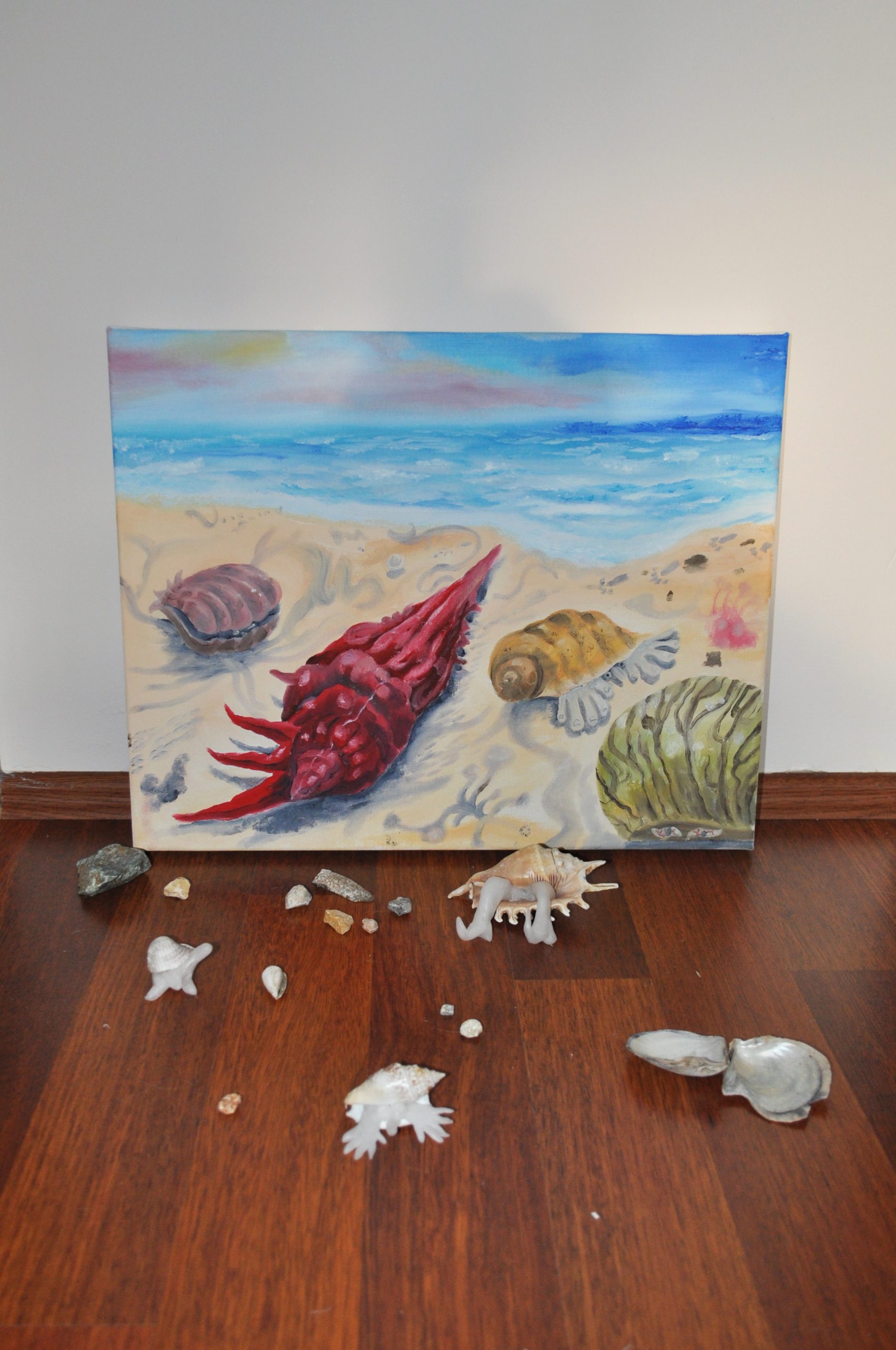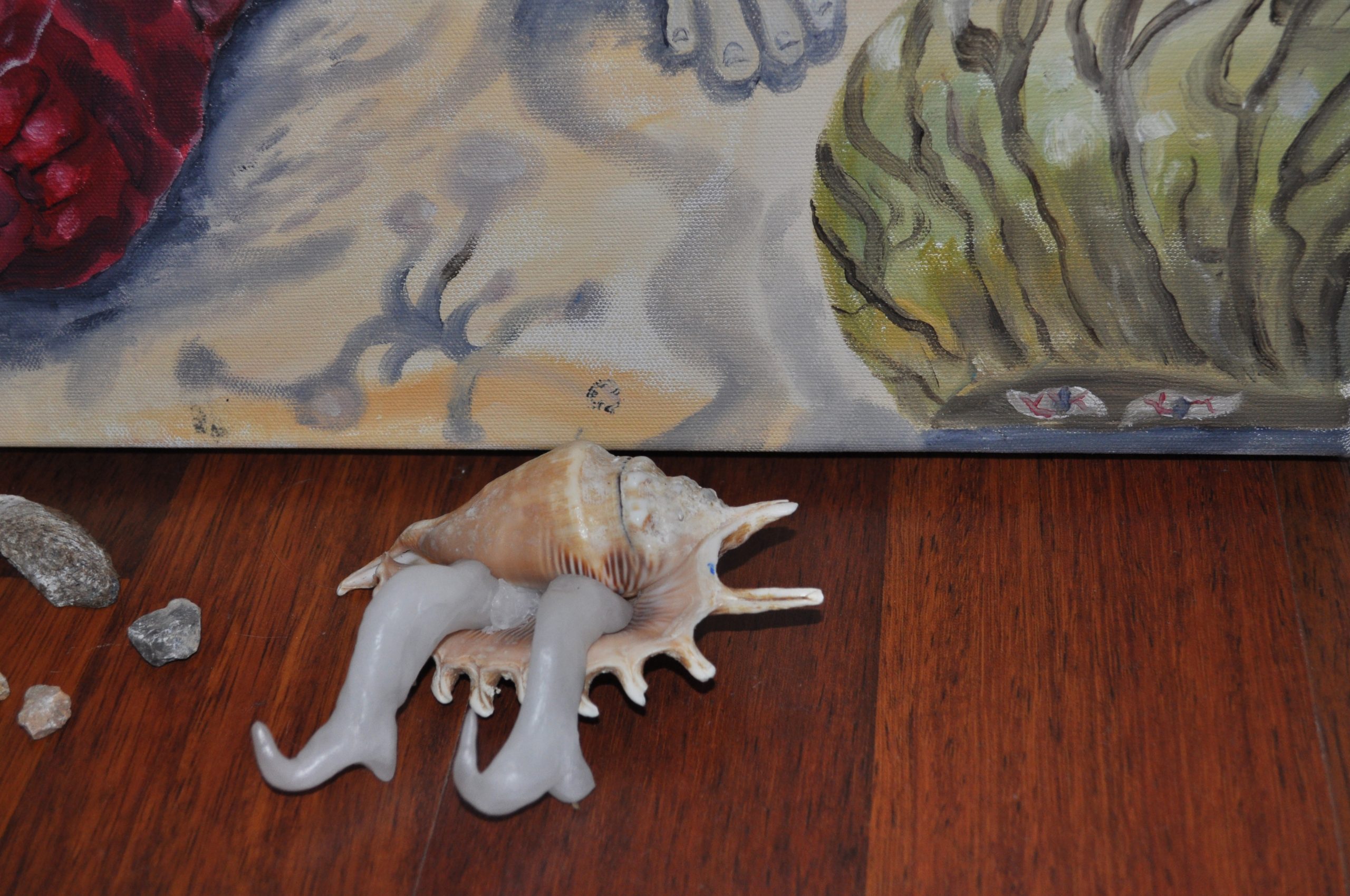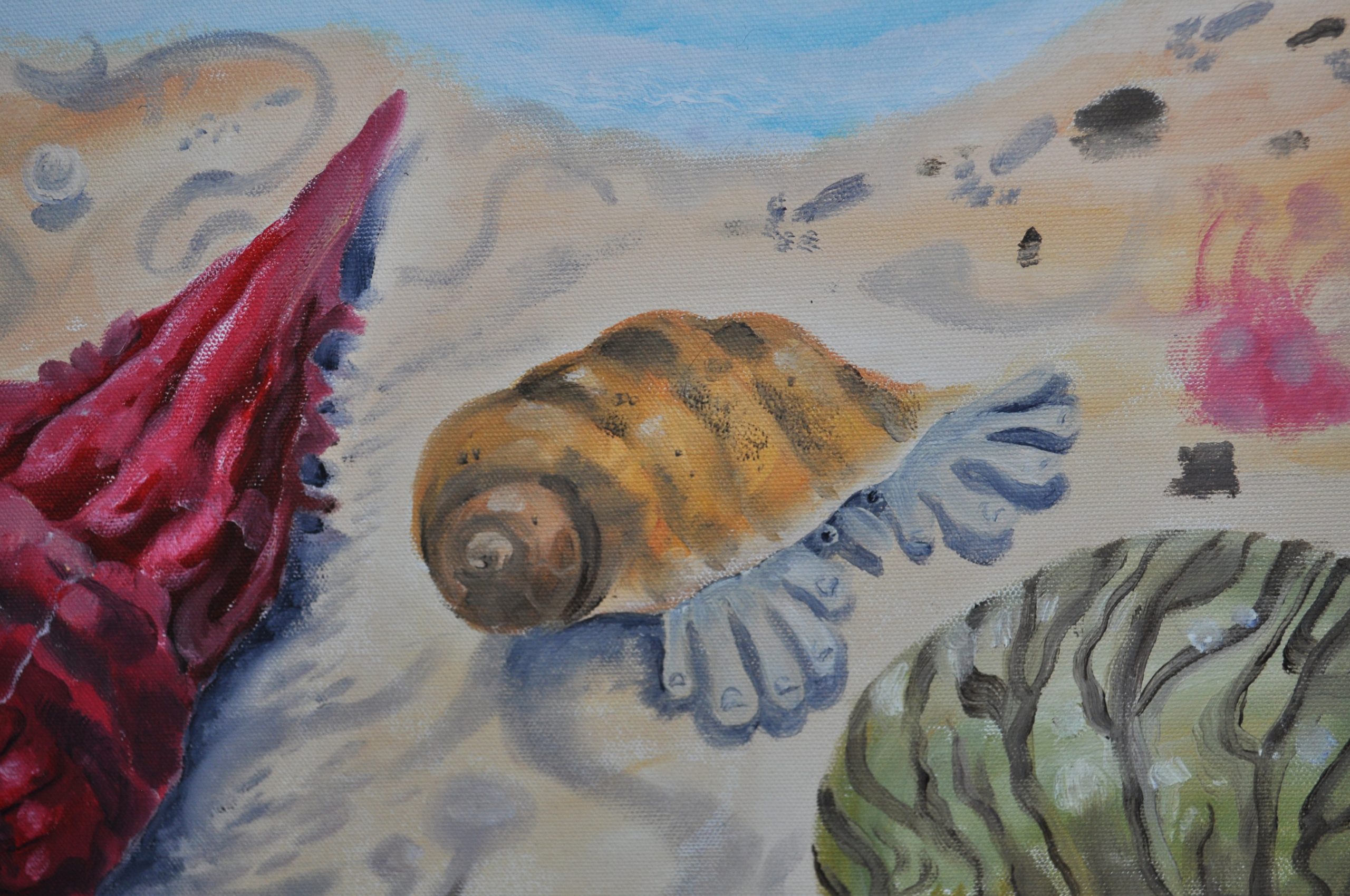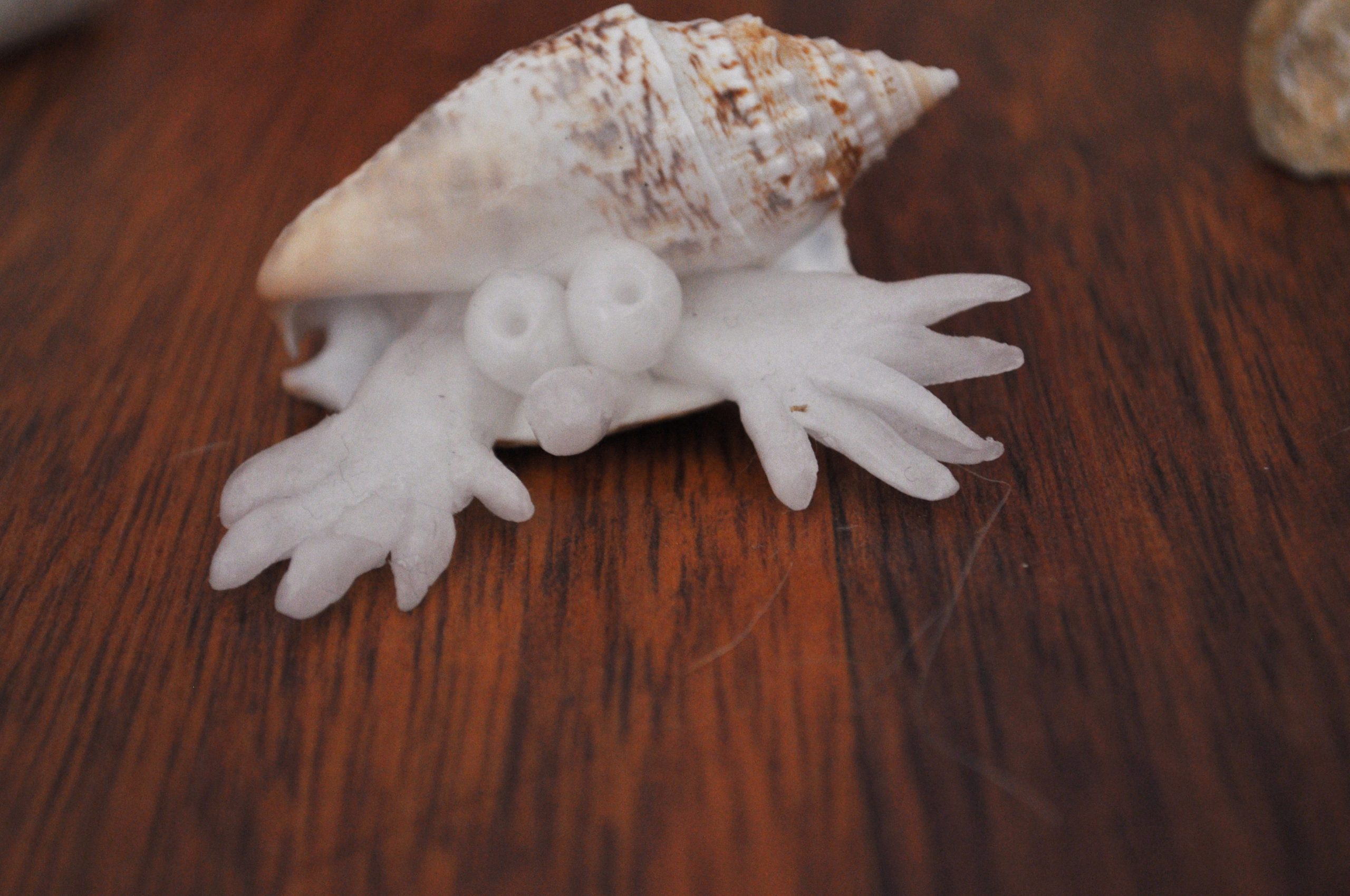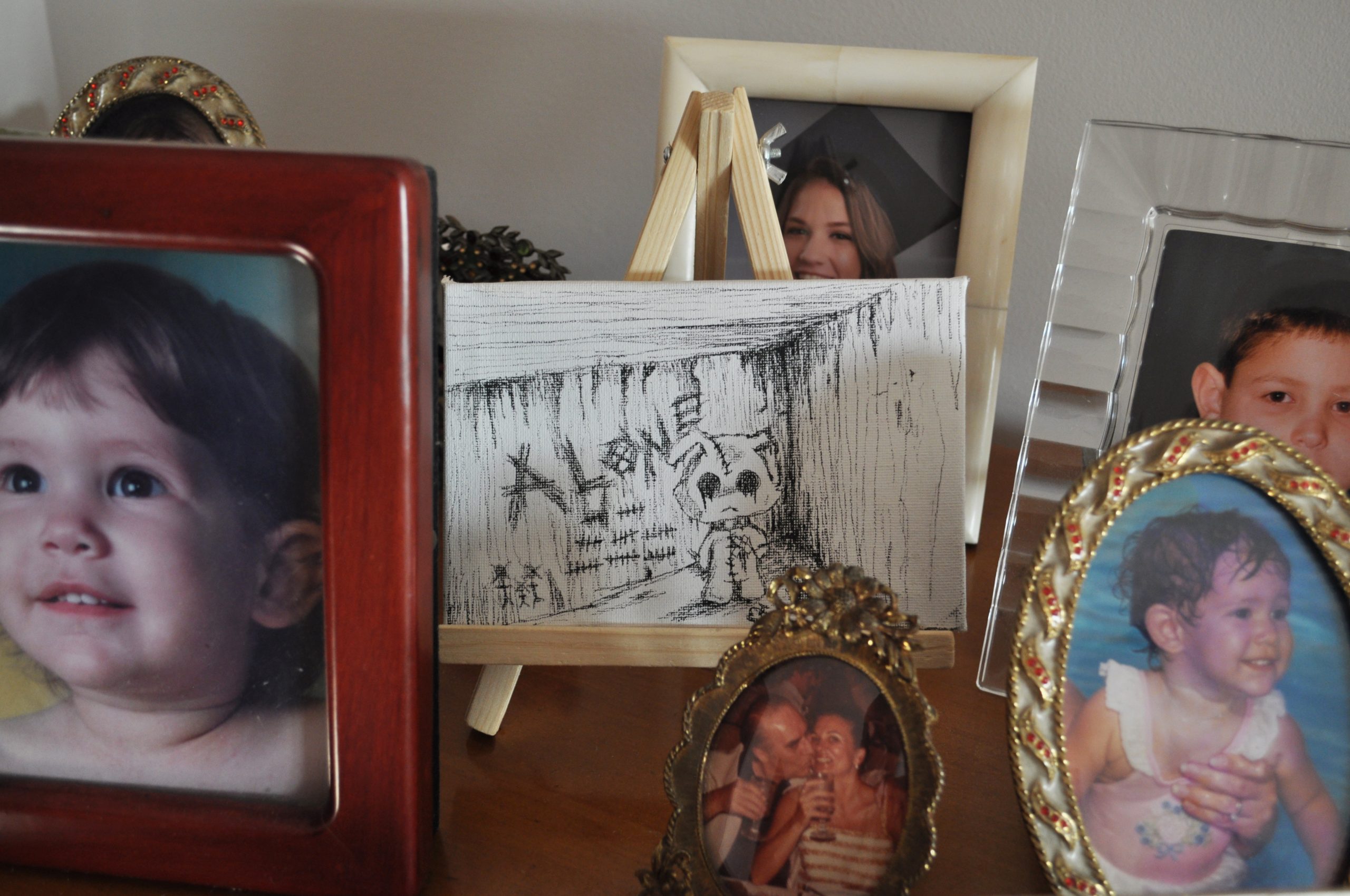“the Tears of Gods”, virtual exhibition from my grandma’s room
for video: https://www.youtube.com/watch?time_continue=4&v=yqW2hH30tD4&feature=emb_title
‘The Tears of Gods’ is an online exhibition by artist Fırat İtmeç, emerged during the pandemic of Covid 19 in which many households enter an isolation period. The exhibition is prepared as online 360° virtual tour open for a visit after May 3rd 2020. The artist brings forward the mandatory isolation of his grandmother’s condition, confined to bed and suffering from Alzheimer which takes place at their common household during that period, with the theme of
laziness. The exhibition takes place in the artist’s grandmother’s room addressing the topics such as fear of death, compulsory isolation, health and the working dogma by utilizing some objects/materials found at home. İtmeç questions current motionlessness of both humanity and his grandmother due to her disease through economic systems and work habits.
“The majority of the world now has to stay at home to protect themselves or their beloved ones. “Outside”, one of the hallmarks of freedom is now sealed from people who hold a fear of death. The competitive ambition of work and success was substituted by compulsory laziness. All of this evoked a single and final reality repeated so many times in the line of history’s entropy. The death. Well then, what has changed for the ones who have been experiencing this captivity for a longer period of time?” The exhibition that may be broken down into three subtopics, tells
of the fear of death through the artist’s grandmother, İnci’s condition imprisoned in her own body and through the shelled animals that utilize their own bodies as their homes. These forms also refer to quarantined crowds of today shut down in their homes likening them to molluscs living in their hardened shells. The metaphor of people as social butterflies that have been caught in the web, again, tries to hint at these times where social affairs are based on a virtual web. The artist himself attempts to remind his grandmother the cliché of “live fast, die young” with a cracked motorist helmet while the imagery on the cards in a scattered display creates links to the life of the once mighty pharaoh, Tutankhamun who has indeed lived fast and died young at the age of eighteen.
İtmeç constructs a second subtopic on the theme of health. On the thin line of life and death, the artist presents the theme of health through the snake headed caduceus that is mistakenly referred to as a medical symbol. The caduceus, emerging as the serum hook beside the grandmother, references to Hermes who is deemed as the messenger of gods, the fastest of all and the guide bringing souls of deads to the underworld. Sitting on the frequently used
massage appliance’s engine available for the soothing of the possible discomfort of a bedridden life, the relaxation genie tells us the need for preserving our calm in the face of every hardship encountered. The figure stitched to a bed points out to not being able to move or talk and the state of a compulsory rest the grandmother suffers from today with references to people at present who are experiencing compulsory lockdowns and cannot leave their houses in a similar fashion to make us ask ourselves; ‘What has changed for İnci?’
Yet another subtopic of the exhibition is the dogma of working, it draws the attention to economic forms created by the people who are quarantined and now that have to work from home. Hanged on the wall of the room, the board game of ‘Needs and Wants’ lets İtmeç design an endless labyrinth that makes us lose ourselves in a sea of symbols. This conveys intricate needs and wants becoming vague as encountered also in the terminology of economics. In the video that brings together these days of forced slowdown for all and everyday rituals of his grandmother, İtmeç reprises the notion of laziness. The artist’s reading of the opening chapter in Paul Lafarge’s book ‘The Right to Be Lazy’ accompanies moments of daily inertia shown in the footage. The mentioned essay features the dogmatization of working and the capitalist desire for progress that Lafargue criticizes sarcastically now and then. This collage of sound and image reminds the audience that nothing, is above all the ideas, ideologies and aspirations but the health.


